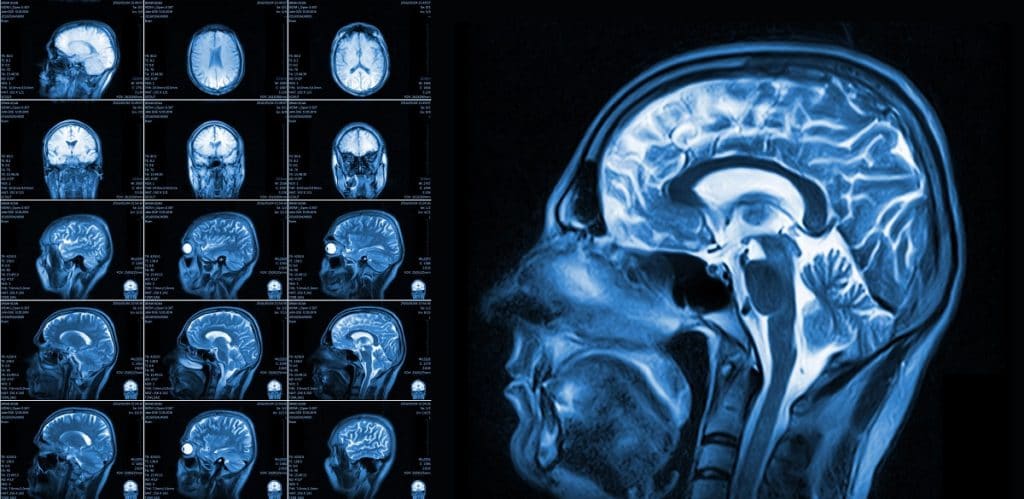
Not All Aneurysms Result In a Major Rupture
A brain aneurysm is a ballooning or bulging blood vessel in the brain. If a workplace injury or a personal injury results in a ruptured brain aneurysm, you’ll likely know it right away because of symptoms that typically include severe headaches, nausea and vomiting, blurred vision, sensitivity to light, seizures, and confusion. But if you have a latent brain aneurysm that’s either slowly leaking or not ruptured, you may have more subtle symptoms, such as recurring headaches, pain felt above or around one eye, gradual changes in vision, a dilated pupil, and numbness that’s felt on one side of the face. The potential problem with a latent aneurysm is that it may rupture without warning at some point after you sustained your head injury. If it’s leaking slowly, nearby brain cells could be damaged.
Why Getting a CT Scan Is Important
A smaller latent aneurysm may produce no symptoms at all. However, if the unruptured or slowly leaking latent aneurysm is larger, you may have symptoms that could initially be mistaken for a concussion or a traumatic brain injury (TBI). A computerized tomography (CT) scan is a specialized type of X-ray that’s capable of capturing views of soft tissues and blood vessels. It produces 2-D sectional images, or “slices,” of the brain. A variation of a CT scan called a CT angiography involving the injection of a special dye may be done to look for evidence of blood vessel leaks. A CT scan can also help a doctor identify blood vessels in the brain that are swollen and likely to rupture if not proactively treated. An MRI scan may also be done to clarify or confirm results.
How an Attorney May Use CT Scan Results Following a Head Injury
With a workers comp case in Crystal Lake, IL, a lawyer may get involved if an initial claim is denied. If a CT scan was performed after the injury was sustained, results showing a damaged but unruptured or leaking blood vessel in the brain may be used as proof that a workplace injury likely contributed to a latent aneurysm. An aneurysm of this nature could make it difficult for an employee to perform their work-related duties, either because of the risk of rupture or due to the possibility of further brain damage. If a case is successful, secured funds could help cover medical costs associated with repairing the damaged blood vessel. With a personal injury case, similar evidence may be used to show that a responsible party’s negligence likely contributed to the development of a latent aneurysm.













